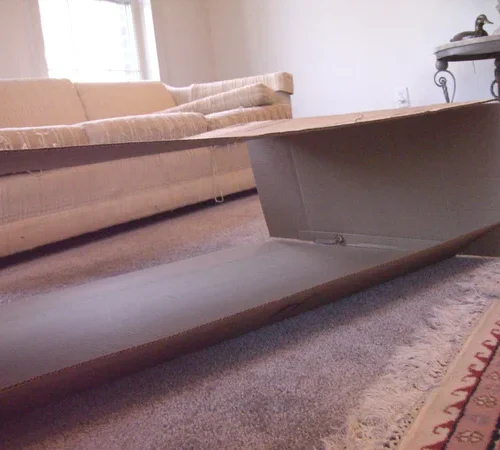Undertaking a multi family development project is complex, with the contractor being the primary driver of success. This choice is critical, as it directly impacts project timelines, adherence to budget, and the final quality of the asset.
Unlike single-family homes, multi-unit projects demand specialized skills in managing large teams, complex logistics, and stringent code compliance. A rigorous vetting process is therefore essential to ensure the successful delivery of the multi family development.
Relevant Experience in Multi Family Construction
A fundamental requirement for any prospective partner is a proven and extensive track record specifically in multi family development.
A contractor’s experience in commercial or industrial projects does not automatically translate to success in residential units, which have different code requirements, material specifications, and amenity expectations.
Developers should request a detailed portfolio of recently completed multi-unit residential buildings that match the size and complexity of the planned project.
This vetting should focus on the contractor’s ability to manage high-density residential construction, including wood-frame, concrete, or steel structures, as well as their familiarity with the regional building department’s processes.
Financial Stability and Bonding Capacity
The financial health of the construction partner is a critical risk factor. A financially unstable contractor can face cash flow problems that lead to delays, liens from subcontractors, or even abandonment of the project.
Developers must perform thorough financial due diligence, reviewing recent financial statements and credit reports.
Crucially, verify their bonding capacity. Bonding provides a financial guarantee that the contractor will complete the project as per the contract terms. A contractor with adequate bonding capacity demonstrates their financial strength and the assurance of a third-party insurer.
Subcontractor Network and Supply Chain Management
The quality of a large-scale project is often determined by the contractor’s network of specialized subcontractors. Inquire about their relationships with mechanical, electrical, and plumbing (MEP) trades, as these are often sources of delays and budget overruns.
A quality contractor maintains long-term relationships with reputable subcontractors, which ensures better scheduling priority and quality control.
Furthermore, assess their strategy for supply chain management, particularly for long-lead items. Their ability to secure materials and anticipate potential shortages is vital for keeping the multi family development on schedule.
Safety Record and Risk Management
A poor safety record translates directly into project risk, potentially resulting in work stoppages, increased insurance premiums, and litigation.
Demand to see the contractor’s Experience Modification Rate (EMR). A low EMR, ideally below 1.0, indicates a strong commitment to safety and fewer historical claims, demonstrating a well-managed operation.
Discuss their site-specific safety plan, protocols for daily inspections, and overall approach to risk management. A proactive stance on safety is a hallmark of a disciplined and reliable construction partner.
Cost Transparency and Change Order Protocol
The initial bid is merely a starting point. The financial control of the project hinges on cost transparency and a fair, clear process for handling change orders.
The contractor should provide a detailed, line-item budget that allows the developer to understand all costs, including labor rates, material allowances, and contingency allocations.
A robust partnership requires a defined, transparent protocol for all proposed change orders, including detailed cost breakdowns and an impact analysis on the schedule. This prevents disputes and budget surprises during the execution of the multi family development.







